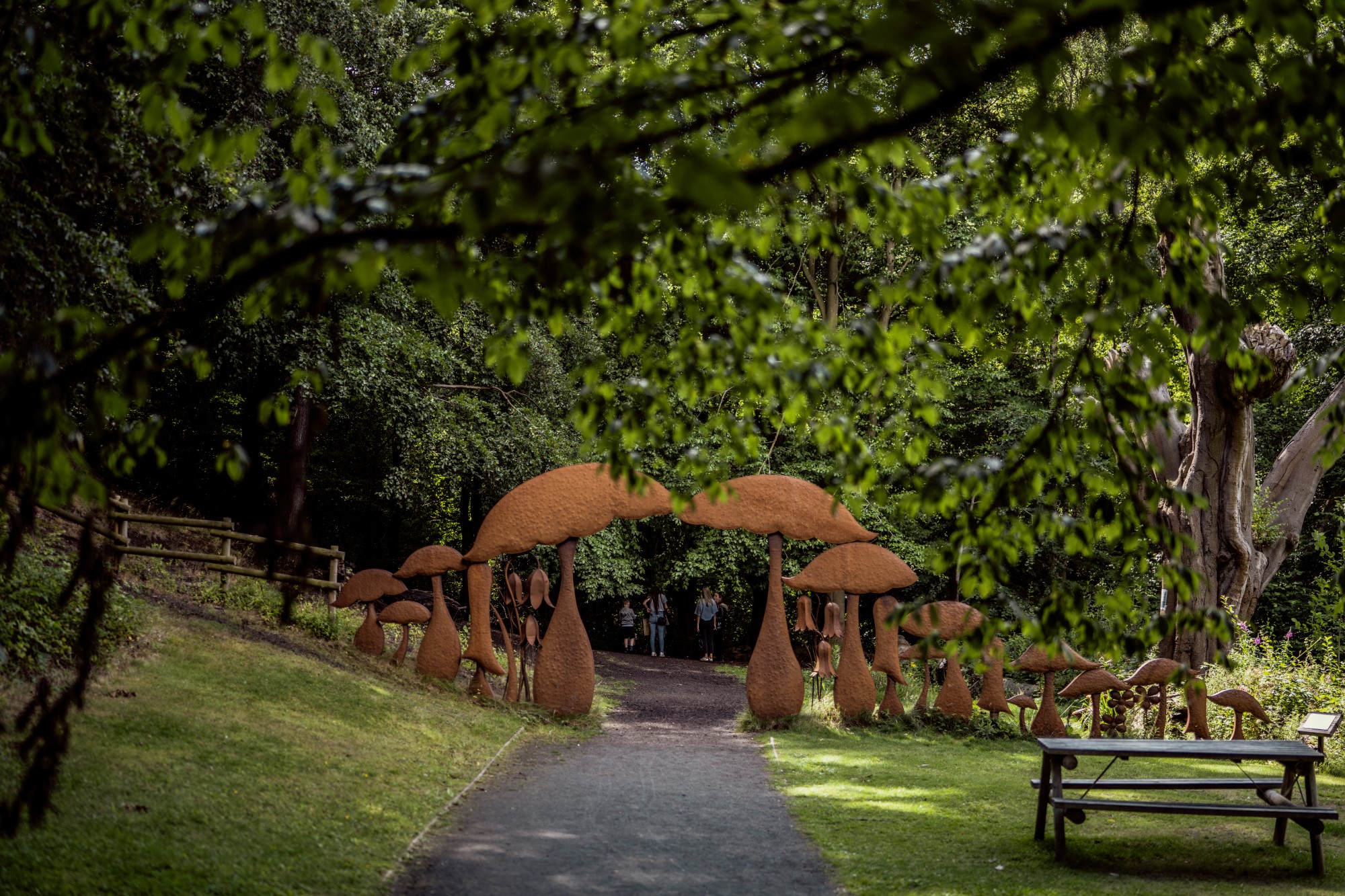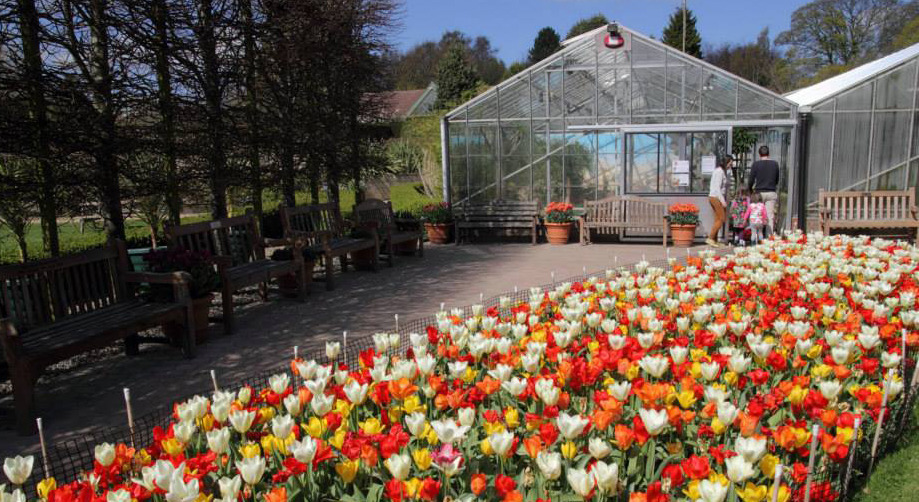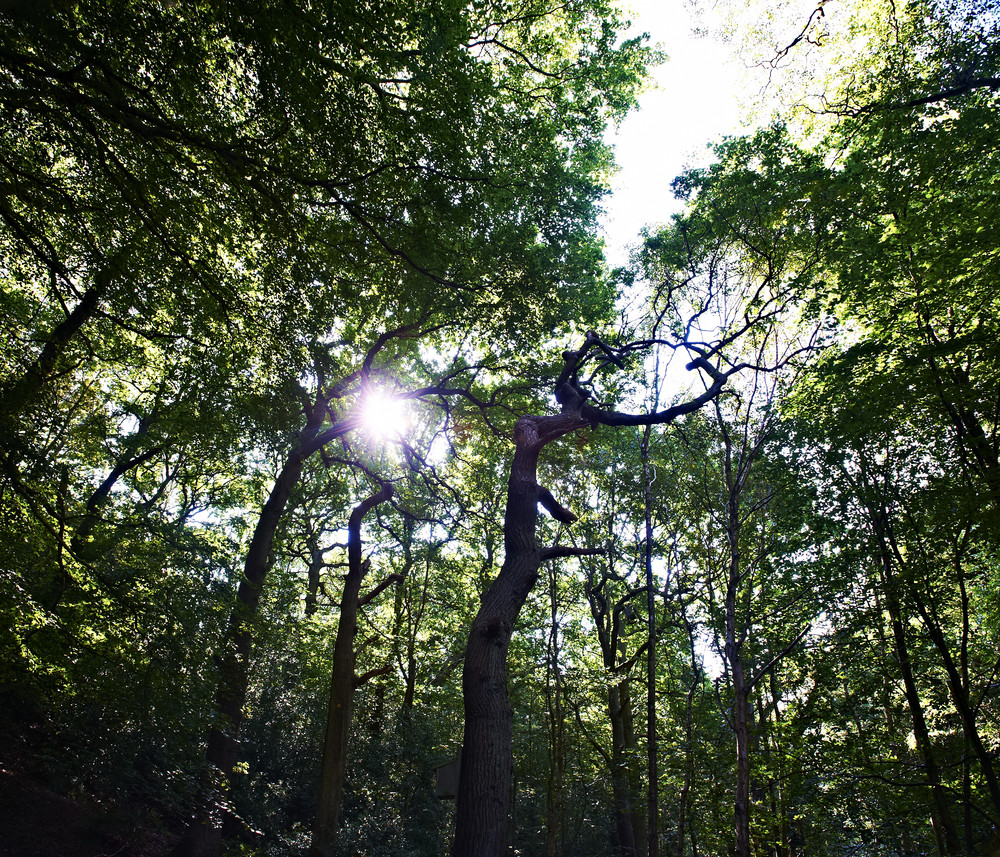Botanic Garden
/prod01/channel_4/things-to-do/media/things-to-do/botanic-garden/whatx27s-on/Greenhouse-Family-2-1920X540.jpg)
Plan Your Visit
Find out everything you need to know to get the most from your visit: how to find us, opening times and more. Plus, everything you need to know if you or anyone in your group has any special needs or requirements.
Upcoming events
MG Car Display
Crazy Creatures
Crazy Creatures
What’s here
Explore this unique garden and discover something new around each corner across the changing seasons.
Art in the Garden
Glasshouses
Native Woodland
Many unusual & exotic plants, ancient trees in well kept gardens, so informative. Plenty of seating & space for children to explore. Small gift shop & cafe, take a picnic & enjoy the surroundings.
Science and Conservation
The Garden is used for a range of scientific projects and plays a key role in Durham University’s commitment to conservation and biodiversity.
Nearby attractions
Oriental Museum
From Ancient Egypt to modern China, the Oriental Museum is devoted entirely to the art and archaeology of the great cultures of Northern Africa and Asia.
/prod01/channel_4/things-to-do/media/things-to-do/oriental-museum/visit/access/OM-family-with-wheelchair-user-1-800X541.jpg)
Historic Libraries at Palace Green
Learn
The Learning and Engagement Team offer a range of sessions suitable for early years and key stage one as well as self led options for Key Stage 2.
Follow us


/prod01/channel_4/things-to-do/media/things-to-do/botanic-garden/visit/getting-here/Botanic-Garden-Visitor-Centre.jpg)
/prod01/channel_4/things-to-do/media/things-to-do/botanic-garden/visit/getting-here/Botanic-Garden-Tall-Grass.jpg)
/prod01/channel_4/things-to-do/media/things-to-do/botanic-garden/visit/Botanic-Garden-Vessels-of-Life-sculpture.jpg)
/prod01/channel_4/things-to-do/media/things-to-do/botanic-garden/visit/Botanic-Garden-Visitor-Centre-Shop.jpg)
/prod01/channel_4/things-to-do/media/things-to-do/botanic-garden/whatx27s-on/MG-Display.png)
/prod01/channel_4/things-to-do/media/things-to-do/botanic-garden/whatx27s-on/Crazy20Tortoise.jpg)




/prod01/channel_4/things-to-do/media/things-to-do/research/About-Us-Science-1-1000X670.jpg)
/prod01/channel_4/things-to-do/media/things-to-do/oriental-museum/visit/access/OM-family-with-wheelchair-user-1-800X541.jpg)
/prod01/channel_4/things-to-do/media/things-to-do/museum-of-archaeology/22-0225LD-022.jpg)
/prod01/channel_4/things-to-do/media/things-to-do/historic-libraries-at-palace-green/42884.jpg)
/prod01/channel_4/things-to-do/media/things-to-do/learn/school-and-home-education/87628.jpg)